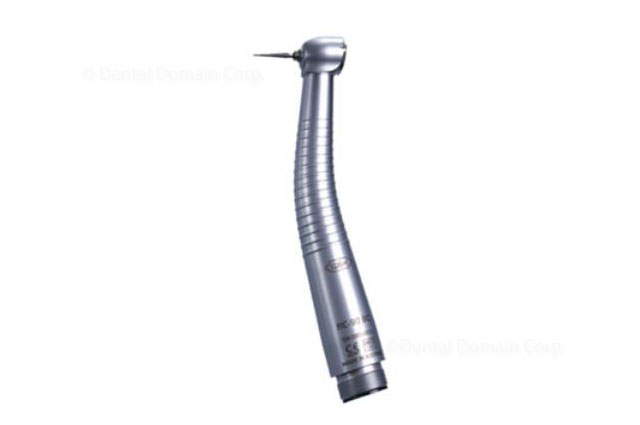Ozone therapy is used to describe procedures that use the gas ozone (a triatomic oxygen module, O3). The germ-killing and disinfecting effect of ozone has been scientifically proven. What is the effect of ozone on bacteria from a scientific point of view?
Ozone (O3) is a natural part of air but it does not occur in the same concentration as oxygen (O2 which constitutes 21% of the volume of air. Literature identifies the bactericidal effect of ozone as being at 1.5 – 4.9 ppm, therefore lying 15 to 49 X over the MAC value (maximum allowable concentration). The empirically determined time for the elimination of bacterial colonies, however, is only 6 to 24 seconds, i.e. significantly below the MAC limit. Prozone produces 140 ppm/2 litres.
Effect of ozone on bacteria | The ozone molecule is both positively and negatively charged. Bacteria, on the other hand, are always negatively charged. The positive pole of the O3 heads for the cell wall of the bacteria, meaning that the protein structure of the cell walls becomes “cracked”.Human cells can change their membrane potential. In particular, they are able to fill up the cell membrane with cholesterol in a split second and therefore counteract a chemical attack. Human cells have a structural cytoplasm, or layers, i.e. an additional level of protection against chemical attacks. Ozone generators, which work according to the “silent discharge” principle (e.g. Prozone) have a threefold effect: |
|
Surface on biofilm
Extensively on bacteria infiltrations, the microcirculation, the local immune defence
Very extensively, lymph drainage, nerval supply, local immune defence
Effect of ozone on hard tissue (e.g. teeth) | The extensive destruction of bacteria, viruses and yeasts using ozone is hindered by diffusion barriers. The mechanical-chemical preparation of the hard tissue (e.g. in the case of caries) ensures that the ozone gas can reach the germs and guarantees that they are eliminated. The exclusive ozone application without preparation is only successful if the gas reaches the bacteria, i.e. in the case of superficial caries on smooth surfaces and flat, accessible fissures. |
|
Effect of ozone in the tissue
The ozone gas also penetrates through the mucous membrane into the subepithelial tissue and attacks the germs that are there within a few seconds. While the atomic oxygen that has been released as a result of the breakdown of the ozone binds to the proteins in the bacterial cell membranes, the rest of the molecular oxygen remains. The molecular oxygen (O2) is used by the cells.
Read more about this in our detailed article about the Prozone medical ozone generator
She started her career as Marketing Manager of Dental Domain Corp. and is working in her field sind 2007. More and more involved with new product groups, Christel found her passion in brand management, specifically Dental Implantology. She is also in charge of organizing many of Dental Domain's national and international training sessions.
View all posts by Christel R. Lanot, Marketing Manager →

